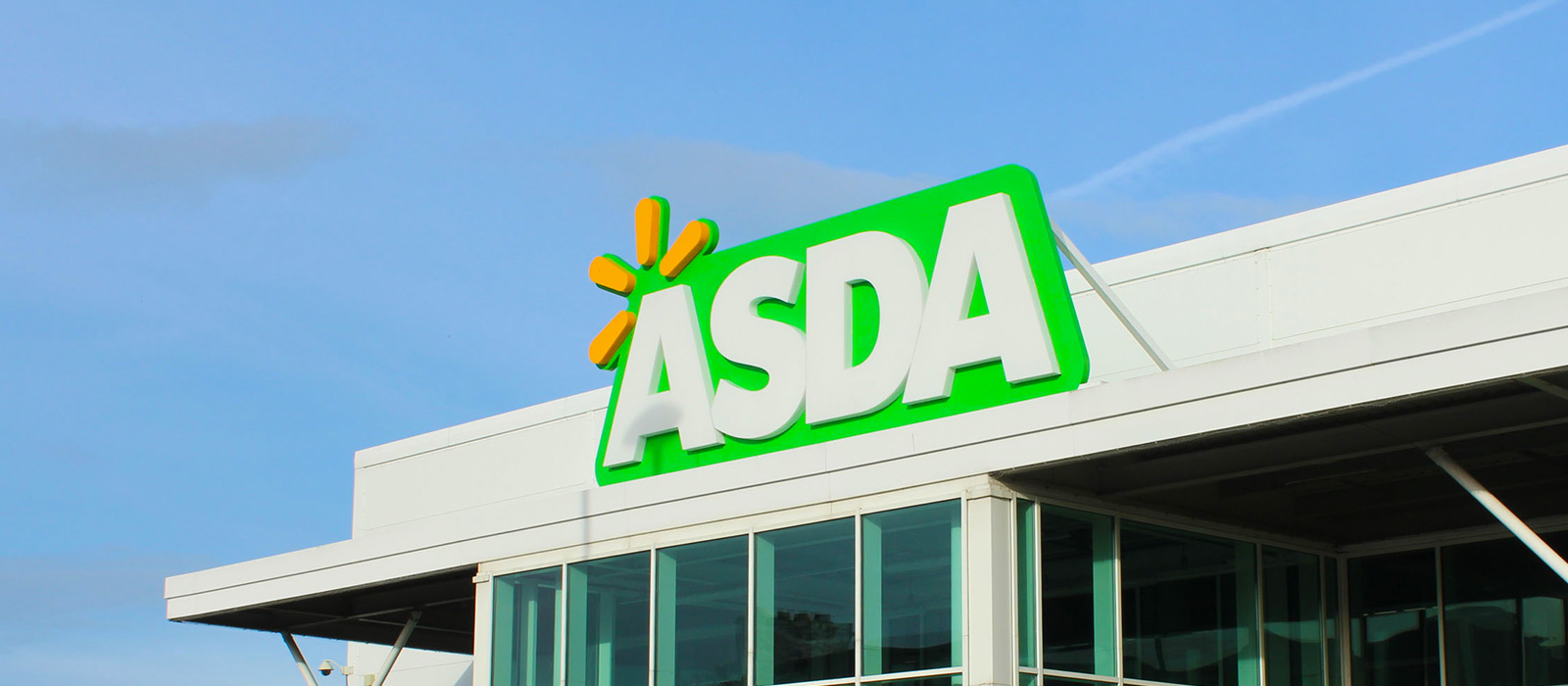This is part of short series of articles taken from the world’s first Management Report on Sponsorship written by Richard Busby of BDS Sponsorship and published by the Financial Times. These iconic case studies are on sponsorship programs that have taken place in the past but are still, we believe, very relevant to a wider understanding of the world of sponsorship today.
In order to best leverage the opportunities available to your organisation by way of sponsorships, it is crucial to at first define a robust sponsorship strategy. By doing this, you can be confident that any sponsorship opportunities you pursue will yield a positive return on investment. To help you get started, we’ve created a how-to guide that breaks down the creation of a sponsorship strategy into a series of easy to follow steps.
Define Sponsorship Objectives
Right at the outset, it is essential to define your objectives. Specifically, you should be asking yourself and your stakeholders: “what do we want to achieve with our sponsorship activity? Do we want to improve our brand awareness? Do we want to partner with organisations that will enhance our hospitality opportunities? Do we want to do both or something different altogether?”. Once you’ve distilled your objectives into a clear mission statement, you will also want to consider how you will measure your performance. Naturally, by aligning metrics with your objectives it will be possible to identify how successful your sponsorship activity is.
Market Analysis
Once you’ve settled on some objectives, the next step in establishing a sponsorship strategy is to analyse the market to get a sense of what opportunities are available to you. If you’ve decided that you’d like to increase your visibility, for example, you’ll want to explore sponsorship opportunities that place a greater emphasis on brand promotion. Similarly, if you’re pursuing hospitality opportunities, you’ll want to take a look at organisations that offer these services as part of their sponsorship package. At BDS, we’re well-positioned to guide organisations towards sponsorship opportunities that best fit their objectives. To find out how we do this, be sure to take a look at our case studies.
Define Target Markets
In addition to defining your objectives and reviewing the market for appropriate sponsorship opportunities, you’ll also want to consider which ones will best enable you to engage your target market. If you’re setting out to engage a younger audience with disposable income, for instance, you might want to consider music festivals and other events which will put you in front of the right people.
Examine Lifestyle Data/Demographic Profiles
To ensure that your assumptions about your target market are supported by data, it is well worth examining the available lifestyle data and demographic profiles that relate to your audience and the opportunities you are considering. By doing this, you’ll be confident that your investment is based on a more scientific basis.
Competitive Review
Like just about any other element of business development, it pays to perform a competitive review when establishing your sponsorship strategy. Specifically, you’ll want to take a look at what your competitors are doing so that you can get a handle on what works, what doesn’t, and what you can do better.
Strategic Development
After completing the first five steps, you’ll be well-positioned to engage in strategic development that allows you to focus on the finer nuances of your sponsorship opportunities and prepare for their implementation.
Budgetary Allocation
Another crucial element of any sponsorship planning is to review budgets and explore how you will get the greatest return on investment.
Concept Review and Testing
Another way of confirming your assumptions around your sponsorship activity is to conduct concept reviews and testing. This will ensure that the direction you’re taking is the right one prior to making any considerable investment.
Development of Marketing Support Activities
In advance of implementing any sponsorship campaign, you’ll need to align all necessary marketing support activities to ensure that you maximise your performance.
Implementation
After completing the preceding steps, you will now be sufficiently prepared to implement a sponsorship opportunity. Whilst this particular phase will vary depending on what your opportunity looks like, our team at BDS are on hand to provide the support you need to ensure that you’re getting the most out of your campaign.
Post-event Sponsorship Evaluation and Research
Like any other kind of marketing activity, post-evaluation and review will invariably provide a valuable opportunity to understand what went well and what can be improved next time. This will empower your organisation to leverage even more data when making plans around sponsorships.
To find out more about how your organisation can benefit from a wide range of sponsorship opportunities, be sure to get in touch with a member of our team today. They’ll be happy to explain our full suite of services and how exactly BDS provides support to clients as they embark on their path to establishing a sponsorship strategy.
Last Updated on May 16, 2024





